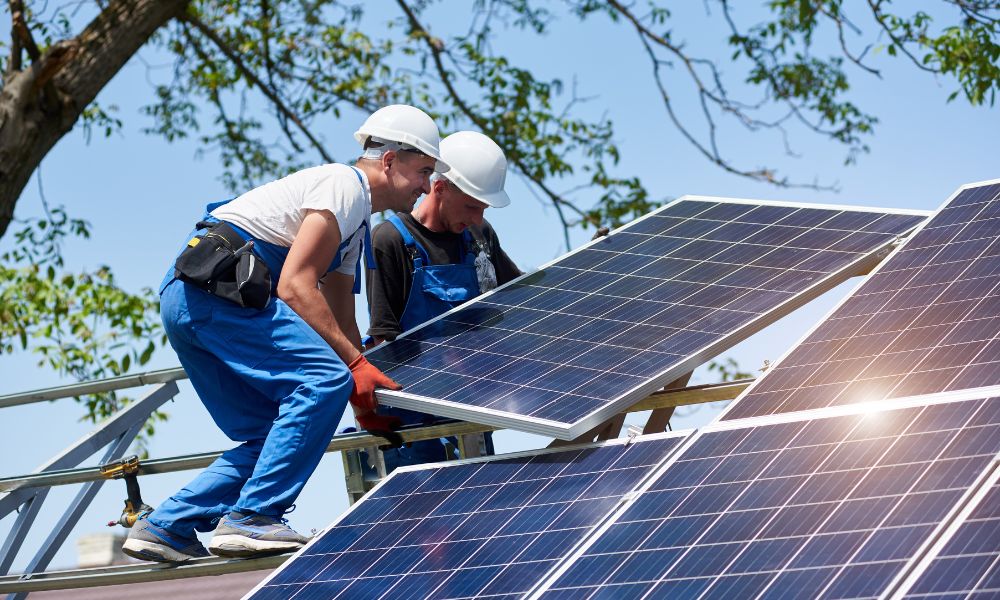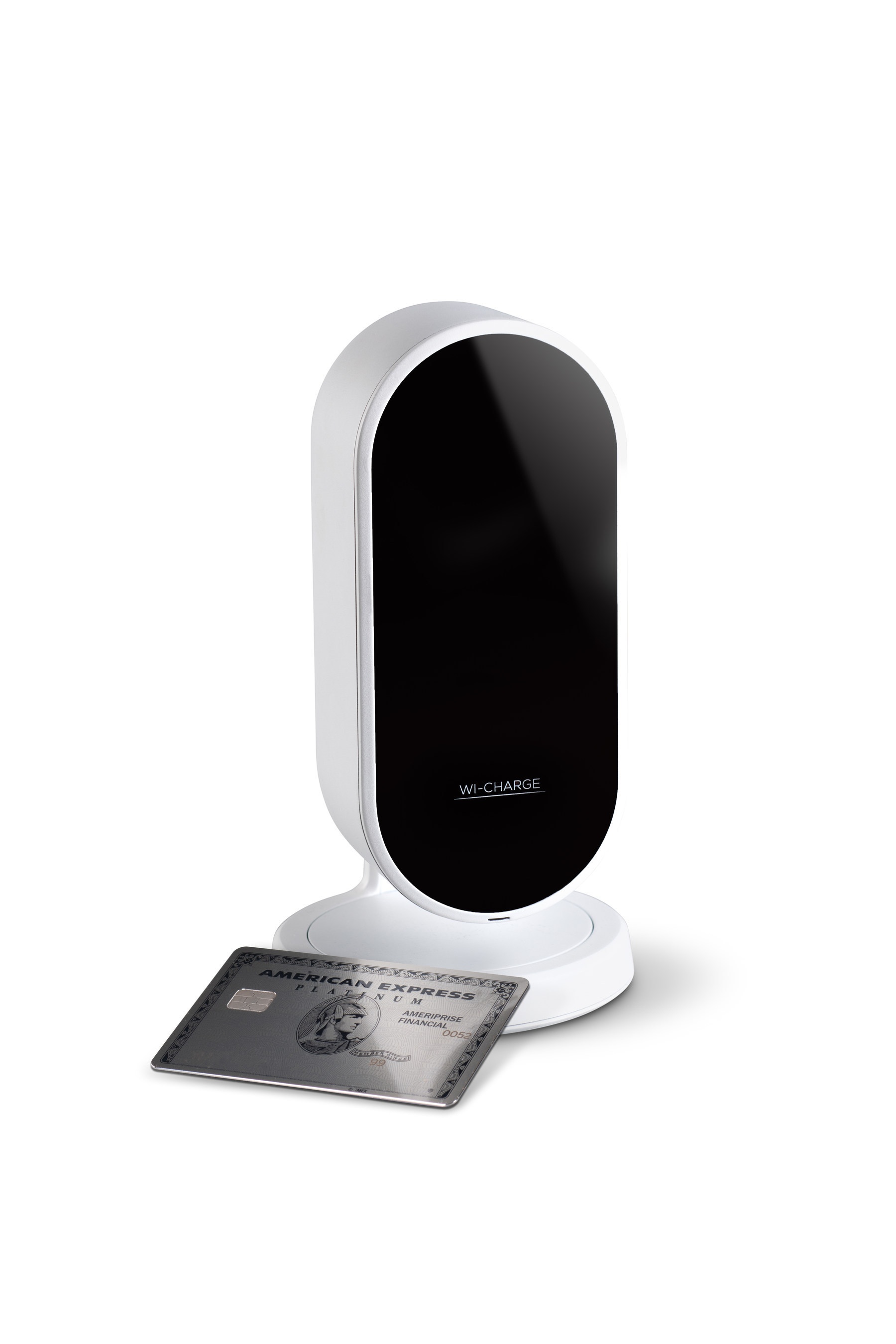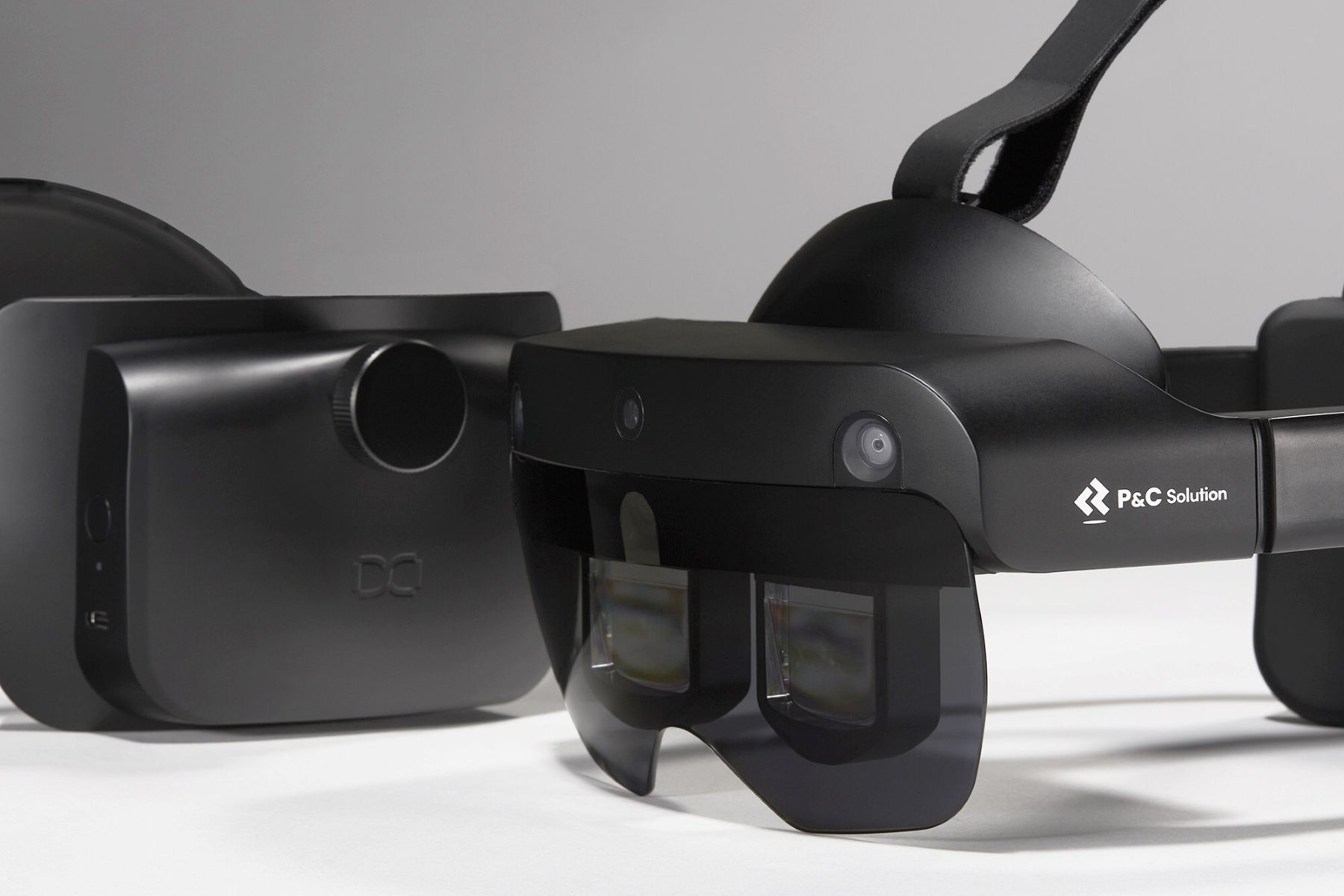The Basics of Solar Panel Use and Installation

Solar panels have been around since 1954, and their popularity as a dependable energy source continues to skyrocket. Today, over two million homes and commercial businesses use these devices to power their appliances and other technologies. To better understand how they work, here are the basics of solar panel use and installation.
How Solar Panels Work
To put it in the most basic terms, solar panels absorb sunlight and repurpose that energy as power. More scientifically, solar panels consist of photovoltaic cells (PVs), which are the components that actually absorb the sunlight. These cells use this energy to create electrical flows that can be used to power buildings, homes, and just about anything else.
However, some solar panels use concentrated solar-thermal power instead of photovoltaic cells. These panels reflect light onto other receivers using mirrors; the receivers use this energy to produce heat. The panels store this heat and later use it to create electricity. This form of solar panel is best for large businesses, factories, and power plants.
Implementing Solar Panels
Solar panels serve seven main functions: heating, ventilation, water heating, lighting, electricity, transportation, and portable energy. This means solar panels are applicable in nearly any situation!
Homeowners can invest in 15 to 18 solar panels per 1,500 square feet to power their houses entirely. This energy can effectively warm, ventilate, and light a building while ensuring access to hot water and stored energy. Businesses can also take advantage of solar panels by investing in even more devices. A large building can dramatically cut electricity cuts and reduce its carbon footprint.
Solar Panel Installation
First and foremost, you need a professional electrical contractor or surveyor to assess your needs before installing solar panels. Next, you must ensure that your plans follow local electrical and power rules and regulations. Then, it’s time to install your panels. For smaller properties and homes, the panels are typically placed on the roof. However, solar fields—which power larger structures—usually consist of ground-mounted panels. Specialized piers are used to anchor the devices into the ground and protect them from adverse weather conditions. Helical piers have many applications, but securing solar panels is one of their main functions. Lastly, an electrician will wire the solar panels.
Now that you understand the basics of solar panel use and installation, you can effectively enjoy the many benefits of this green form of energy. Always seek professional help if you’re unsure of your specific needs.





